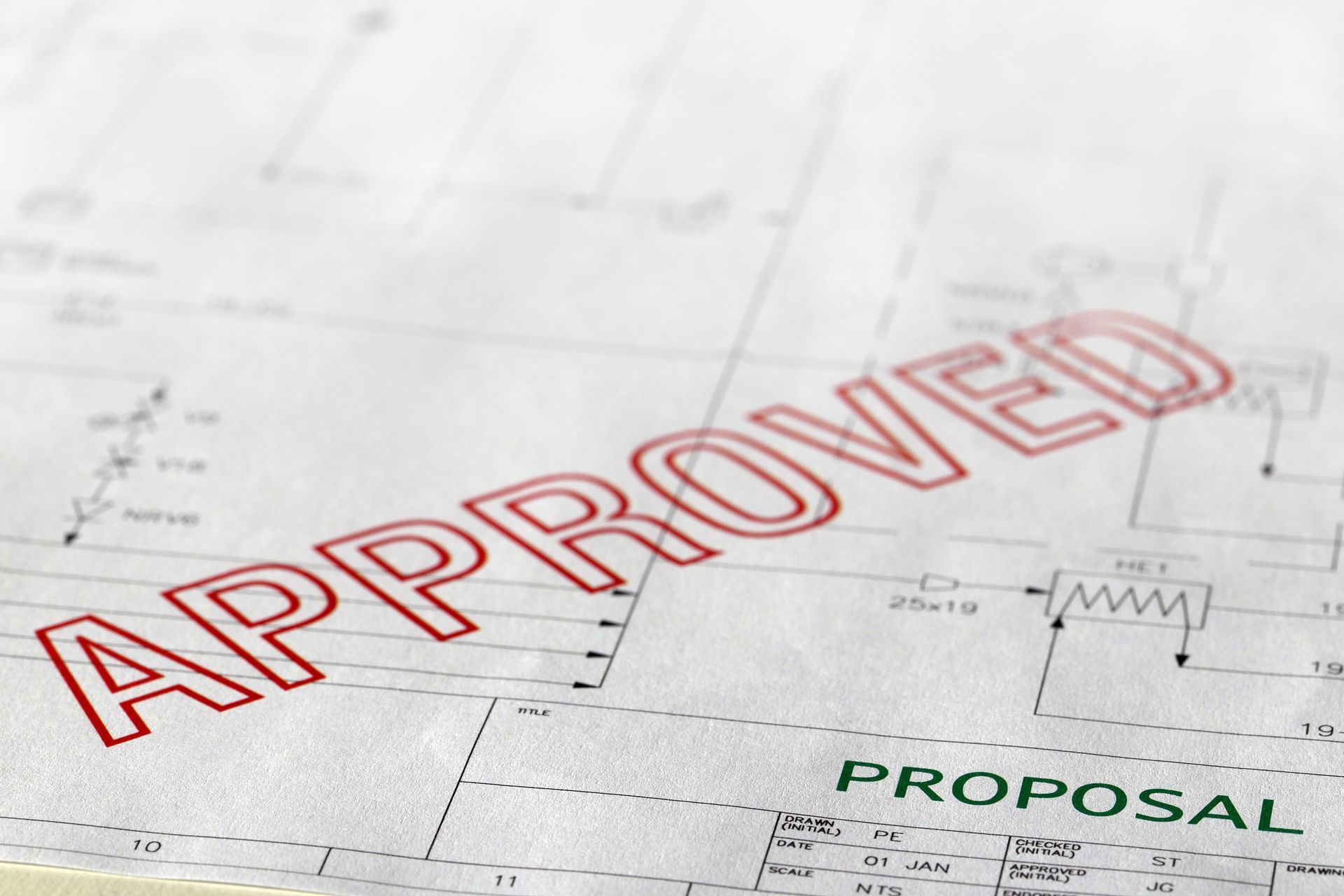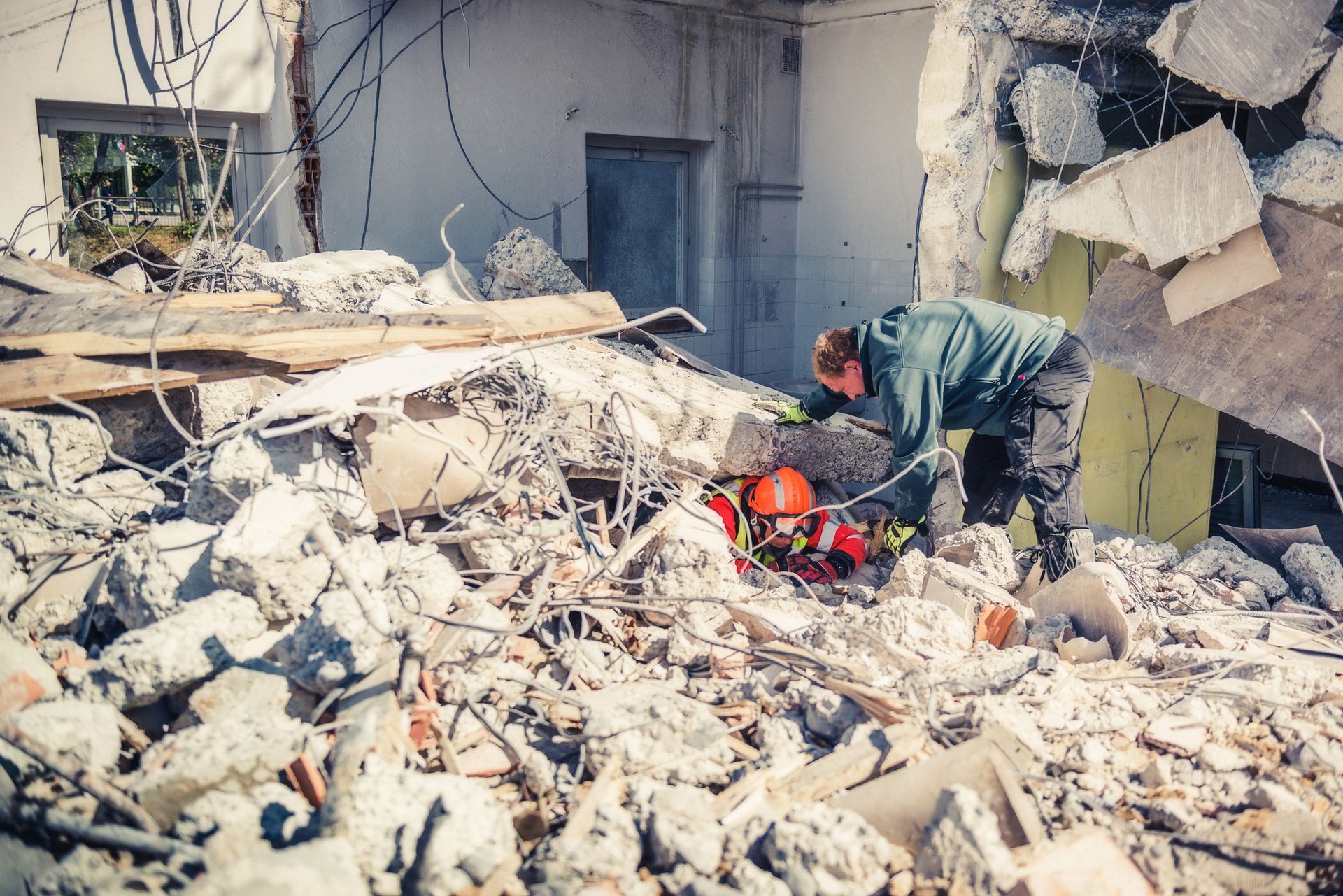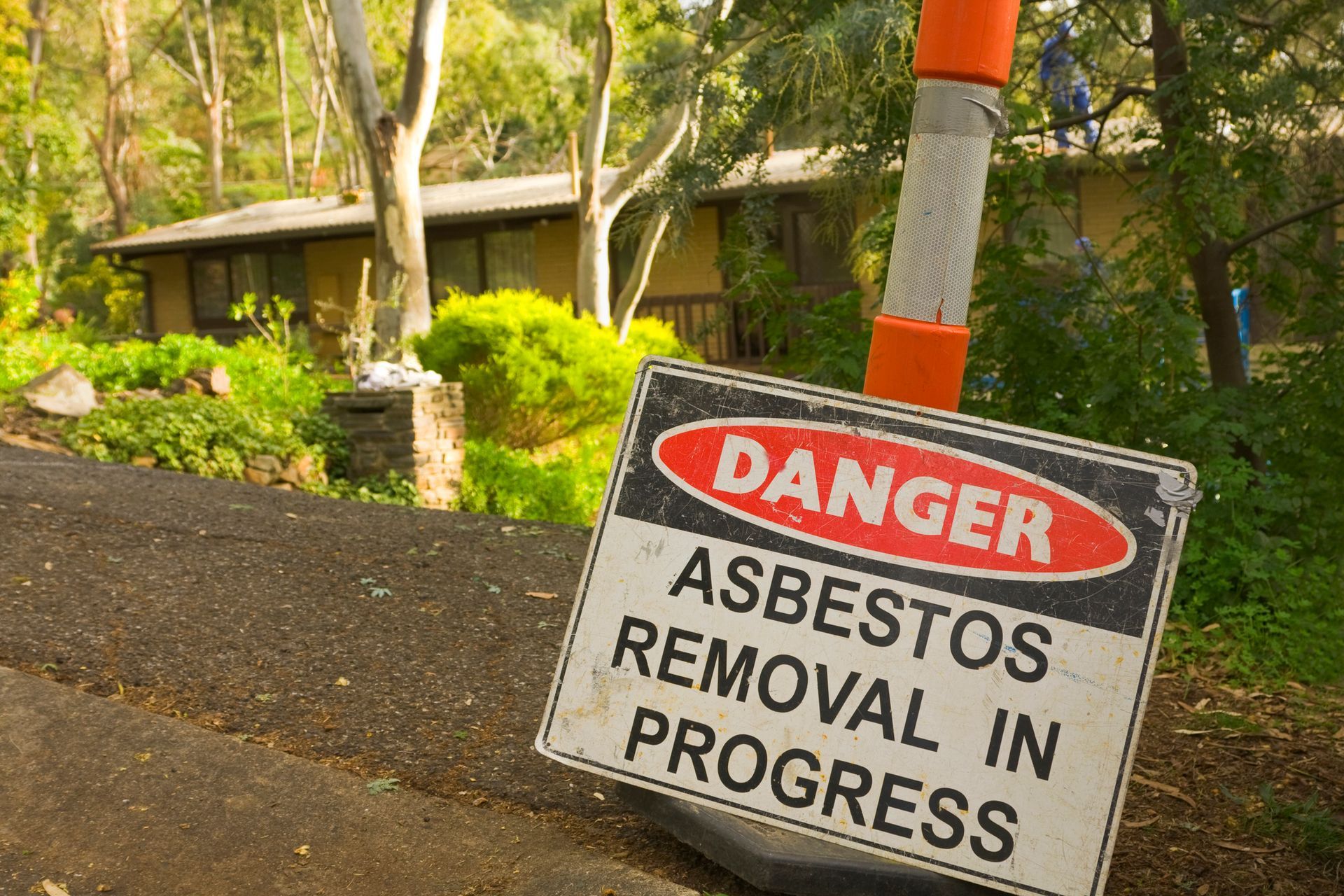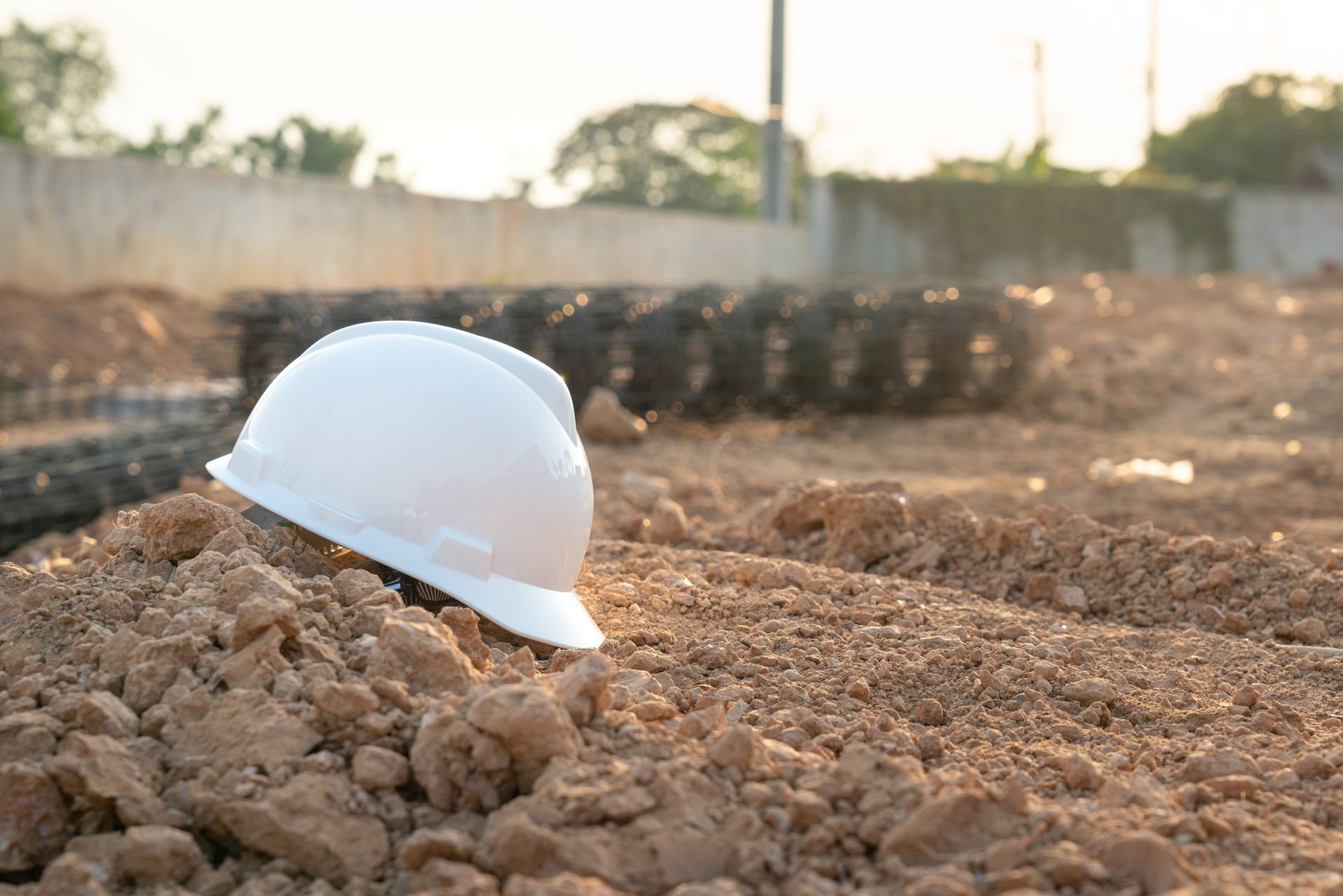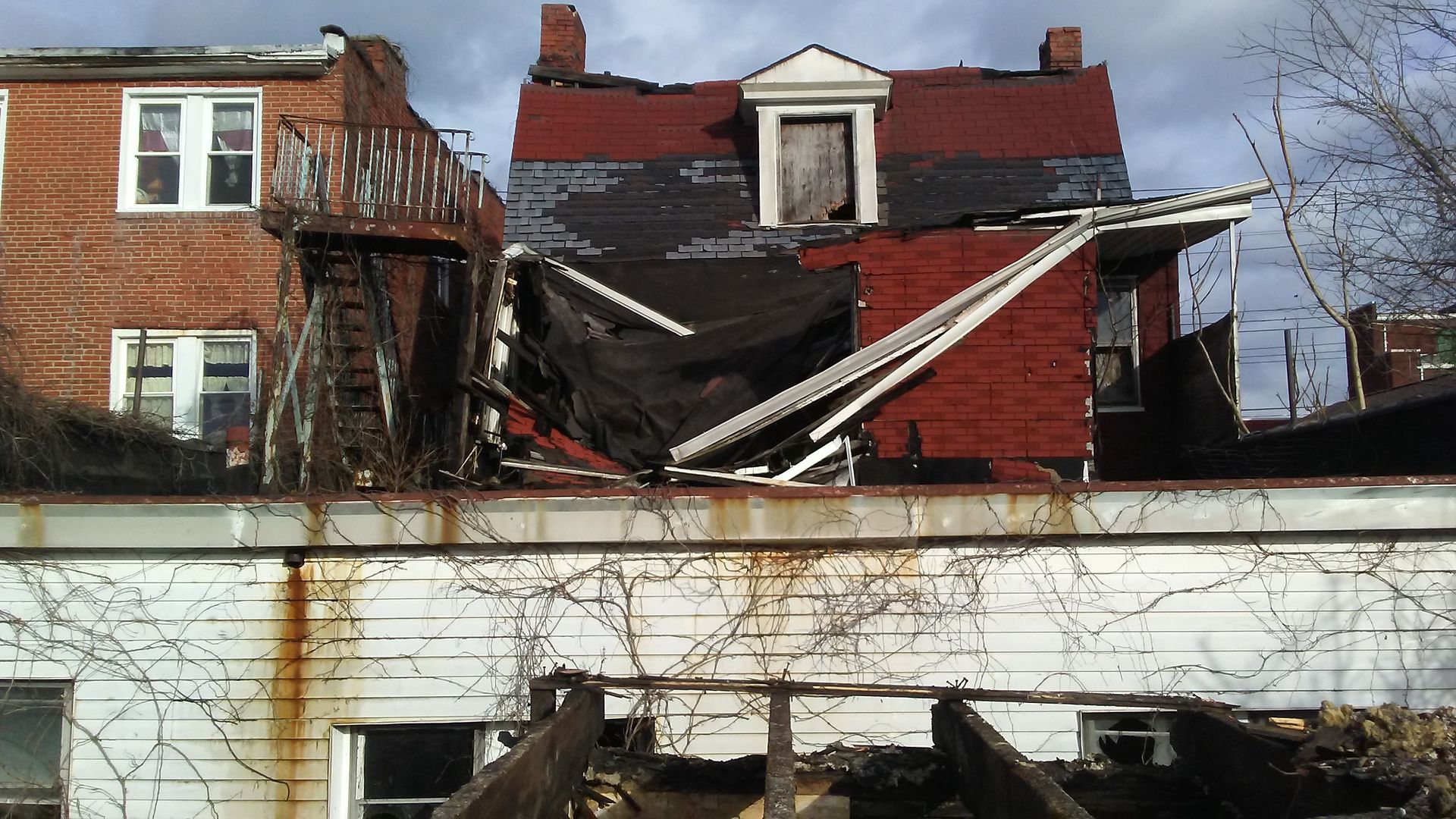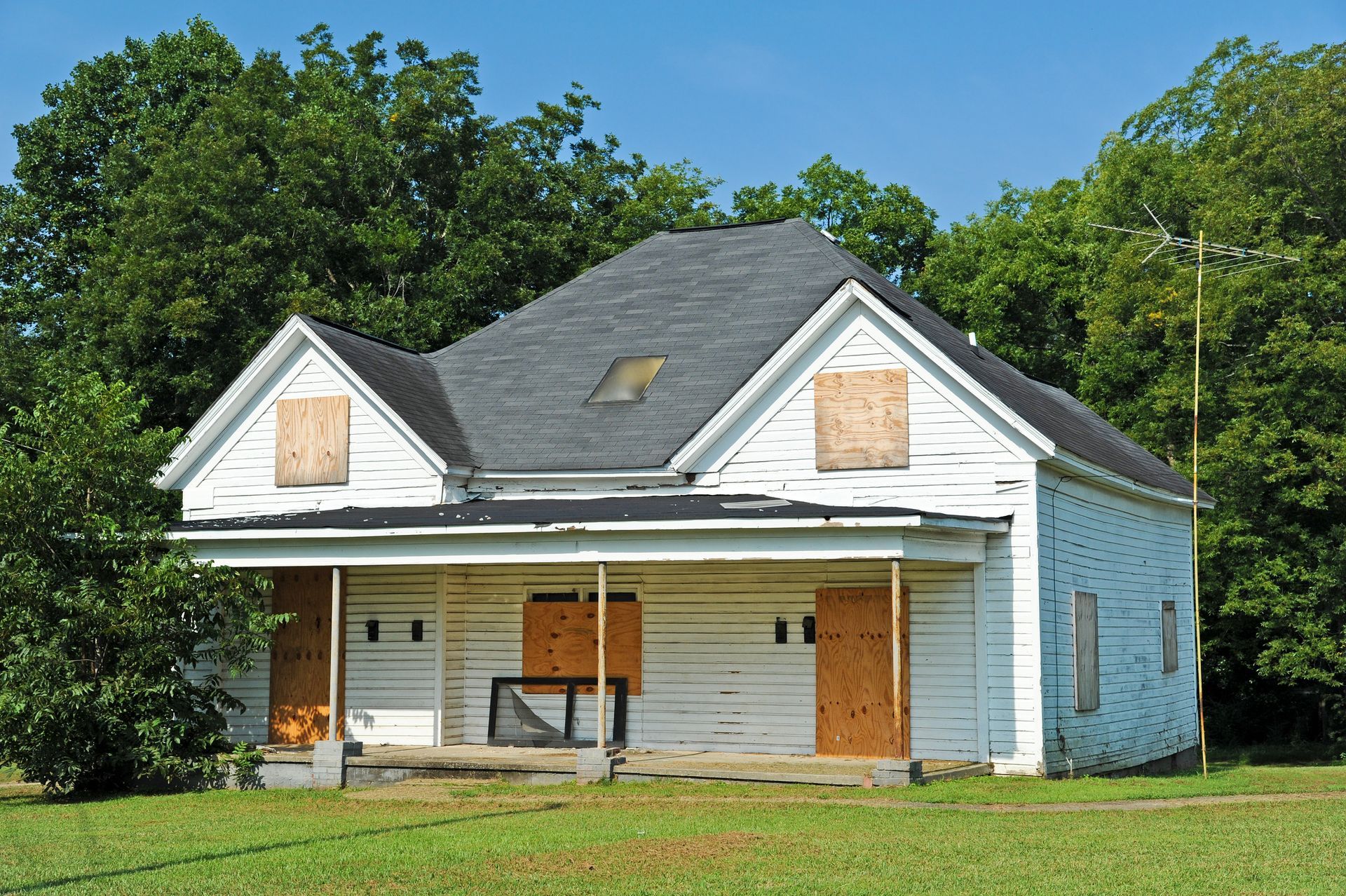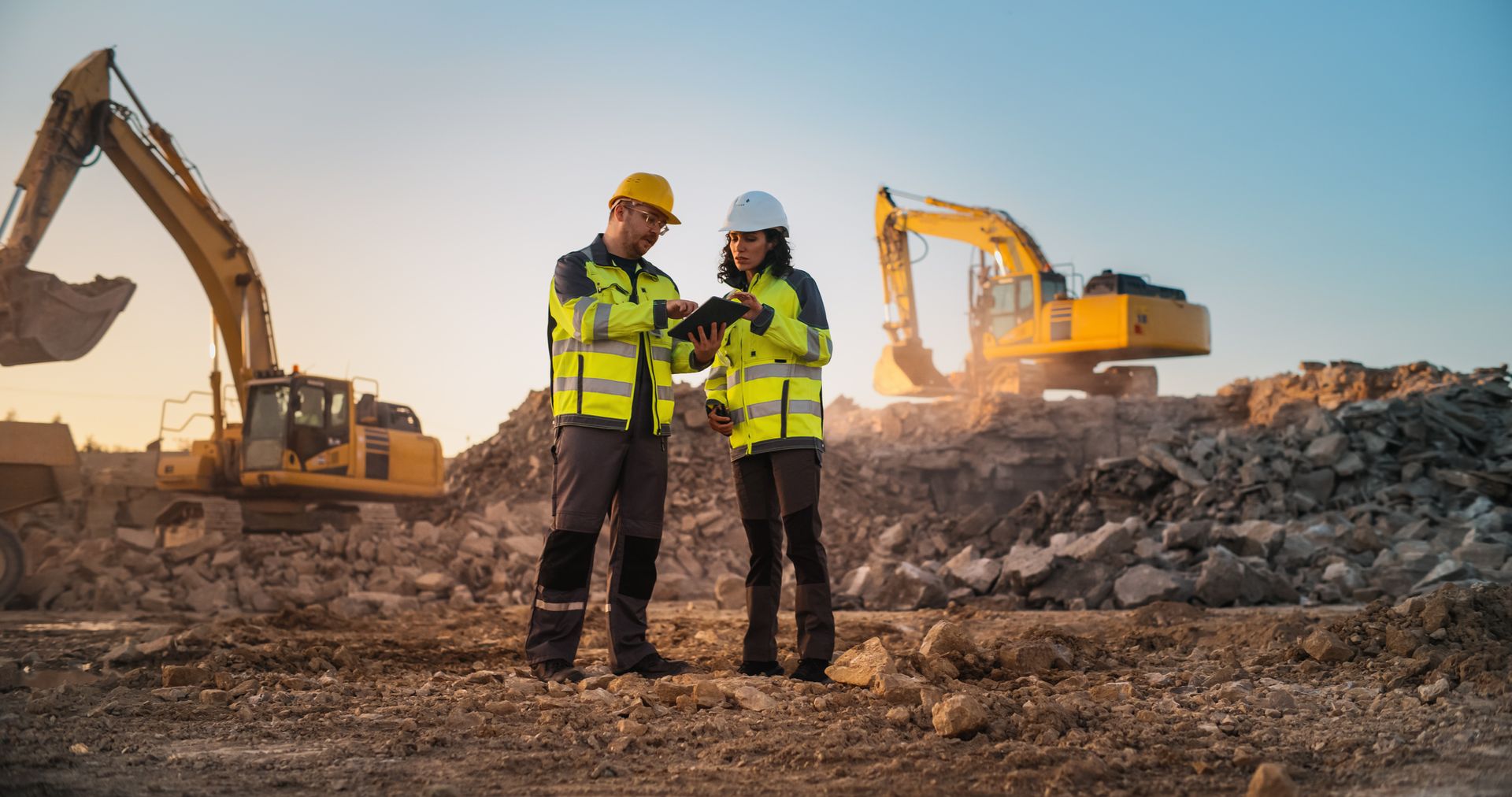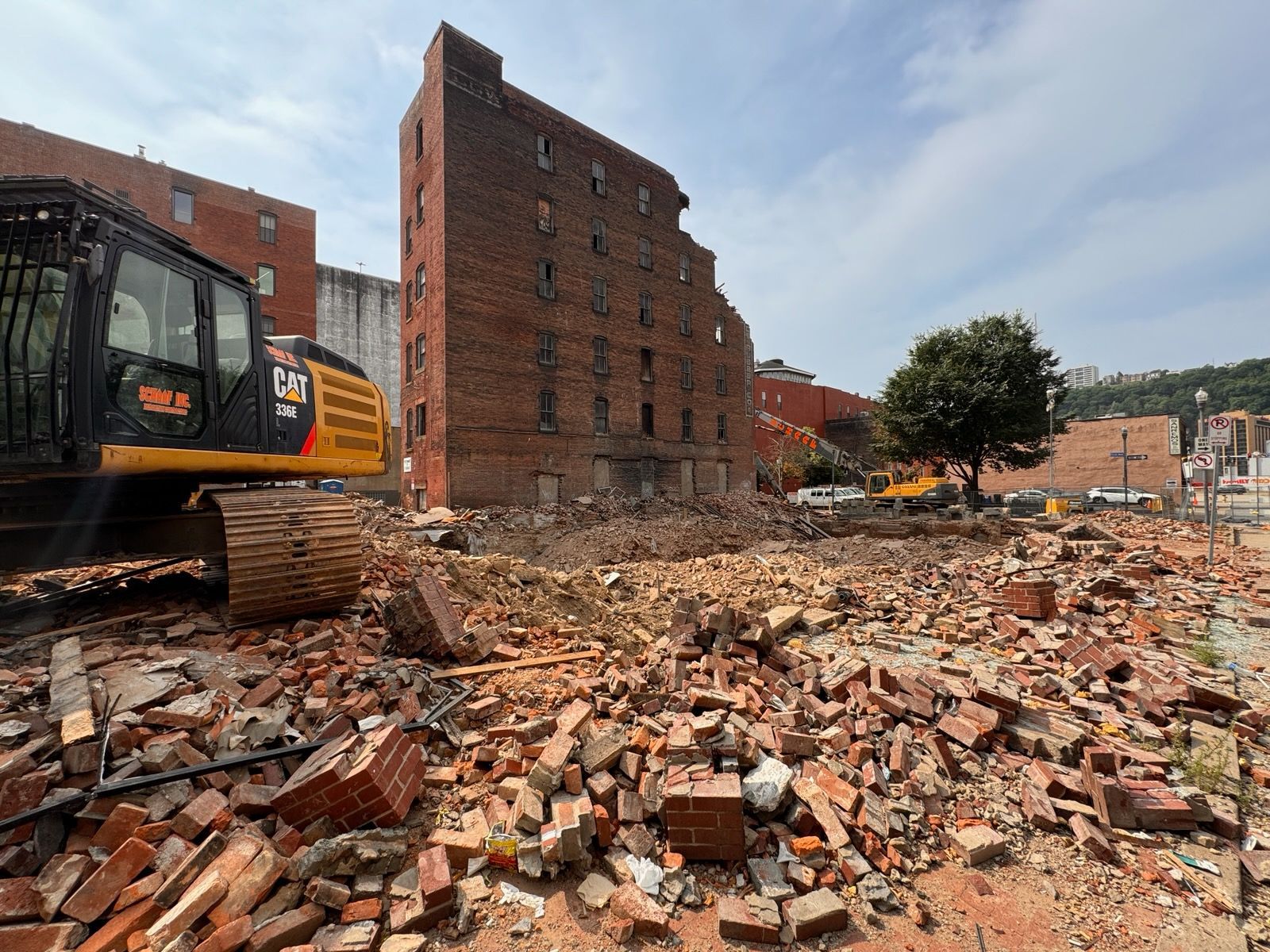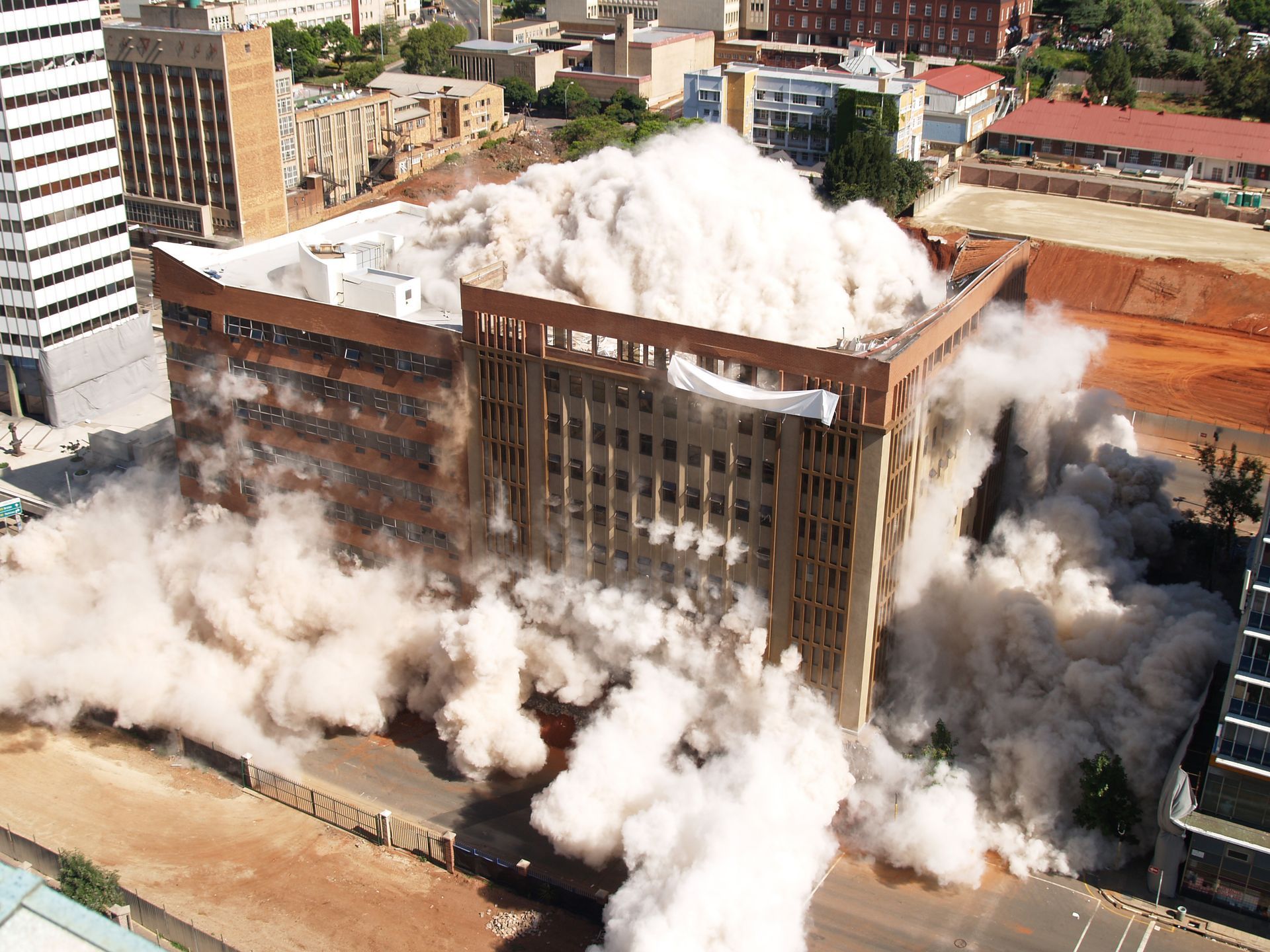Dealing With Condemned Buildings In Pittsburgh
The Blight Problem in Pittsburgh
If you've ever driven through certain Pittsburgh neighborhoods and noticed boarded-up homes, crumbling facades, or entire structures abandoned and overgrown, you're not alone. These condemned buildings are more than just eyesores—they're signs of urban blight, a problem that affects residents, property owners, businesses, and entire communities.
But what exactly is a condemned building? In simple terms, a condemned building is a property that the local government has deemed unfit or unsafe for occupancy, often due to severe structural issues, long-term neglect, or persistent code violations. Pittsburgh, like many Rust Belt cities, faces a significant challenge with vacant and condemned properties—particularly in neighborhoods impacted by economic shifts, population decline, or historic disinvestment.
According to the City of Pittsburgh, thousands of abandoned or blighted structures are scattered throughout the city, posing safety hazards, dragging down property values, and contributing to crime and environmental hazards.
If you're a homeowner, business owner, community organizer, or simply a concerned neighbor, you might wonder: What can be done?
This guide explains everything you need to know about condemned buildings in Pittsburgh, why they matter, and how you can take action—whether by reporting unsafe conditions, organizing community efforts, or advocating for lasting solutions.
How and Why Buildings Get Condemned
Understanding how a building reaches the point of condemnation is crucial for Pittsburgh residents, property owners, and community groups. It not only helps identify potential warning signs but also opens up opportunities for prevention, intervention, and revitalization.
Condemnation is never an overnight process. It results from a combination of neglect, regulatory violations, and, sometimes, external factors beyond the property owner's control. Let's break down the most common causes and how they contribute to blight in Pittsburgh's neighborhoods.
Common Causes of Condemnation
1. Structural Instability
At the heart of most condemnation cases is the physical deterioration of a building's structural components. Over time, neglect, natural wear, and environmental factors such as severe weather or flooding can compromise:
- Foundations: Cracks, shifting, or complete collapse of the foundation can make a building unsafe to inhabit.
- Roof Systems: Severe roof collapse or long-term water infiltration weakens the entire structure, leading to mold, rot, and eventual structural failure.
- Load-bearing Walls & Support Beams: Failing walls or beams can cause a partial or full building collapse, posing immediate dangers to occupants and the public.
Structural instability often starts small—cracks in the walls, sagging floors—but left unaddressed, these issues escalate quickly. Property owners are responsible for regular maintenance, but when these red flags are ignored, inspectors may determine the building to be beyond repair.
2. Persistent Code Violations
The City of Pittsburgh enforces strict building and safety codes to ensure properties are safe, livable, and not hazardous to neighbors. Repeated or severe violations, particularly in critical systems, can trigger condemnation orders:
- Electrical Hazards: Outdated or improperly installed wiring can pose serious fire risks.
- Plumbing Failures: Leaking pipes, sewage backups, or lack of functional sanitation facilities make buildings uninhabitable.
- HVAC System Deficiencies: Lack of heat in the winter months or dangerous venting systems may violate occupancy laws.
- Sanitation and Health Violations: Mold infestations, pest infestations, hoarding situations, or accumulation of debris and garbage can also contribute.
Once the Department of Permits, Licenses, and Inspections (PLI) issues violation notices, owners are given a timeline to fix the problems. If they fail to act, the city escalates enforcement, which may result in the building being condemned.
3. Tax Delinquency & Property Liens
Financial neglect is another leading cause of condemnation. Property owners who don't pay property taxes, utility bills, or fines from repeated code violations often lose control of the property. Over time:
- Tax liens accumulate, making it financially unfeasible for owners to regain ownership without significant financial burden.
- Foreclosure proceedings or sheriff's sales may transfer ownership to absentee landlords or speculative investors who continue the cycle of neglect.
Without an engaged, responsible owner, the property deteriorates, eventually prompting city action to declare it unfit.
4. Long-term Vacancy and Abandonment
Vacancy alone doesn't immediately condemn a property—but the longer a building sits empty, the faster it deteriorates. Unoccupied buildings face numerous challenges:
- Weather exposure: Without regular maintenance, roofs leak, windows break, and moisture seeps into the walls.
- Vandalism & Theft: Vacant homes are prime targets for scrappers, squatters, and vandals, accelerating decay.
- Deferred Maintenance: Small issues like leaks, minor structural damage, or infestations go unaddressed and worsen.
In Pittsburgh, some properties have been vacant for decades, particularly in post-industrial neighborhoods affected by economic decline. Eventually, these buildings degrade to the point of condemnation, creating health and safety hazards for entire blocks.
If you have a property next to yours that has a building that is was condemned and being demolished, learn what your options are, to protect the building on your property by reading on our blog: The Neighboring Row House Is Being Demolished. Will My Home Take Damage?
The City's Role: Inspections and Enforcement
Addressing condemned and unsafe buildings in Pittsburgh starts with a systematic process led by the City of Pittsburgh's Department of Permits, Licenses, and Inspections (PLI). PLI is responsible for ensuring properties are safe, structurally sound, and comply with local health and building codes.
Here's how the process typically unfolds:
Initial Complaint or Observation
The process begins when someone reports a potentially dangerous, vacant, or neglected property. Complaints or observations often come from:
- Residents and neighbors noticing structural problems, persistent garbage, illegal dumping, or suspicious activity.
- Police officers, firefighters, or EMS responders who encounter unsafe properties during emergencies such as fires, criminal activity, or accidents.
- City employees such as code enforcement officers or sanitation crews who identify neglected buildings while performing routine duties.
If you spot a blighted or hazardous property in your neighborhood, you can report it directly through the city's official portal here: PLI Demolition Engagement.
Inspection
After a report is made, PLI assigns inspectors to evaluate the property's condition. During the inspection, they check for:
- Structural stability: Inspectors look for signs of foundation failure, collapsing roofs, cracked or leaning walls, and general deterioration.
- Code violations: They check for safety hazards such as faulty wiring, unsafe stairways, unsecured openings, gas leaks, or plumbing failures.
- Health and sanitation conditions: Mold, pest infestations, unsanitary debris, and lack of utilities are flagged.
- General safety risks: Inspectors evaluate whether the building poses an immediate danger to occupants or the surrounding community.
This step determines whether the property can be salvaged through repairs or is at risk of condemnation.
Violation Notices
If violations are identified during the inspection, the property owner receives a formal Notice of Violation (NOV). This document outlines:
- The specific issues found (e.g., electrical hazards, structural damage, sanitation violations).
- The corrective actions required to make the property compliant.
- A deadline by which the owner must complete the necessary repairs—often ranging from 30 to 90 days, depending on severity.
Property owners are encouraged to take immediate action to avoid further penalties.
Failure to Comply
If the property owner does not fix the violations by the deadline, the city may escalate enforcement:
- Fines and penalties may be issued daily or weekly until the violations are resolved.
- The city may initiate legal proceedings to force compliance or recover costs associated with ongoing inspections and violations.
- Liens may be placed on the property to recover fines, taxes, or cleanup expenses.
Ultimately, if no corrective actions are taken, the city can issue a Condemnation Order declaring the property unsafe and uninhabitable.
Condemnation Order
A condemnation order is the city's formal declaration that a building is too dangerous or unhealthy for use. When this happens:
- Brightly colored notices, often red or yellow, are posted on the building, warning that entry is prohibited due to unsafe conditions.
- The property becomes subject to further legal action, including potential demolition.
- Owners are still responsible for the property but may face mounting penalties if no action is taken.
Demolition or Rehabilitation
Once condemned, the city evaluates the next steps based on the building's condition, historical value, and ownership status:
- Demolition: If the building poses an immediate risk or has no feasible path to rehabilitation, the city may schedule it for demolition. Property owners are billed for the cost, and liens are placed if they fail to pay.
- Rehabilitation: If the structure is salvageable, especially if it has historical or architectural value, the city may work with developers, nonprofits, or community groups to restore it.
- Transfer to Land Bank: The Pittsburgh Land Bank may acquire abandoned and tax-delinquent properties. The Bank works to return vacant and blighted properties to productive use.
Visit PLI Demolition Engagement for details on active demolition projects or upcoming community engagement opportunities related to condemned properties.
Condemnation vs. Vacancy vs. Abandonment
It's essential to understand the differences between these commonly used terms:
- Vacancy: This simply refers to a property without current occupants. A vacant property may still be structurally sound, code-compliant, and maintained, even if no one is living there.
- Abandonment: This occurs when the property owner has effectively stopped taking responsibility for the building. Abandoned properties are often tax-delinquent, lack basic utilities, and suffer from long-term neglect. They may sit empty for years, attracting vandalism and crime.
- Condemnation: Condemnation is a formal legal process carried out by the city. It results from severe safety or health violations, structural instability, or code non-compliance. A condemned building is officially declared uninhabitable and unsafe for public access.
While a property may progress from vacancy to abandonment and finally to condemnation, not every vacant building is condemned. Some vacant properties are still well-maintained and actively monitored by owners or developers. Condemnation only occurs when the city's inspections confirm that a building is a direct threat to public safety.
Recognizing these distinctions helps residents and community leaders respond appropriately,whether by reporting neglected properties, organizing community cleanups, or engaging with local officials to advocate for city-led remediation.
Options for Property Owners of Condemned Buildings
If you own a condemned or at-risk property in Pittsburgh, the situation may feel overwhelming—but you still have options. Acting quickly and strategically can help you avoid mounting fines, legal penalties, or even losing ownership altogether. In many cases, property owners can resolve issues, access financial resources, or find alternative solutions that benefit both them and the community.
Here's how:
Resolving Code Violations
The first, and often most effective, step is to address the specific reasons why the building was condemned.
Work with the City's Department of Permits, Licenses, and Inspections (PLI)
Request a Detailed Report: Contact PLI to obtain a complete list of code violations. This report will outline exactly what needs to be fixed, from structural issues to sanitation problems.
Develop a Repair Plan: Work collaboratively with PLI inspectors to create a step-by-step plan. You may be able to negotiate reasonable deadlines and avoid further penalties by showing good-faith efforts.
Hire Licensed Contractors
Attempting DIY repairs may save money upfront, but improperly handled fixes can result in additional violations or delays. Instead:
- Hire licensed and insured demolition contractors who specialize in structural repairs, electrical upgrades, plumbing, roofing, or pest control.
- Ensure all work is done up to code and scheduled for proper inspections at each stage.
- Local contractors familiar with Pittsburgh's building codes—like those used by community development organizations—can often expedite the process.
Stay Compliant with Inspection Deadlines
PLI will likely set strict timelines for correcting specific violations. Missing these deadlines could result in escalating fines, court actions, or even forced demolition at your expense.
To stay compliant:
- Document all repair progress thoroughly.
- Communicate proactively with PLI if unforeseen delays arise (e.g., material shortages or contractor availability).
- Schedule follow-up inspections as soon as repairs are complete.
Financial Assistance
Repairing a condemned property can be costly—but Pittsburgh offers several financial assistance programs to ease the burden, especially for homeowners or small landlords.
Grants & Low-Interest Loans
Pittsburgh Housing Development Corporation (PHDC) Home Rehabilitation Loan Program: This program offers low-interest loans to qualifying homeowners to fund major repairs like roof replacement, electrical upgrades, and plumbing fixes. Repayment terms are flexible, making it accessible for lower-income property owners.
Urban Redevelopment Authority (URA) Programs: The URA provides a various grants and loan programs, including:
- Rental Gap Financing: For small-scale landlords seeking to bring affordable rental units back into compliance.
- Homeowner Assistance Program (HAP): This program offers grants to income-eligible homeowners for health, safety, and code-related repairs.
- Weatherization Assistance Programs: For issues related to HVAC, insulation, and energy efficiency, state and local programs may help cover costs while making the property livable.
Applying for Financial Assistance
Each program has specific criteria for eligibility based on income, property location, or intended use. Start by:
- Contacting the URA or PHDC for application guidelines.
- Consulting community development groups like NeighborWorks Western Pennsylvania, who often assist with applications and paperwork.
Selling or Donating the Property
If the costs of repairs are too high or you no longer wish to maintain ownership, selling or donating the property might be a practical solution.
Selling to Developers or Investors
Pittsburgh has an active community of developers, real estate investors, and nonprofits interested in blighted properties:
- Market the property as a redevelopment opportunity. Even if it's condemned, land value or location can attract buyers willing to take on rehabilitation or demolition.
- Work with real estate agents familiar with as-is sales or distressed properties.
- Be transparent about the property's status; condemned properties often require cash buyers or investors experienced in major rehab projects.
Donating to Land Banks or Nonprofits
Pittsburgh Land Bank: This public entity acquires vacant or tax-delinquent properties and returns them to productive use. Donating a condemned property to the land bank helps ensure it will be rehabilitated or demolished for community benefit.
Community Development Corporations (CDCs): Local CDCs often accept property donations, particularly if they align with neighborhood revitalization plans.
Donating your property may relieve you of legal and financial burdens while allowing the community to benefit from future redevelopment.
Why Choose Schaaf Excavating Contractors?
- Experience & Safety: With years of experience serving the Pittsburgh area, safety is our top priority. Our experienced demolition team is trained to handle the challenges posed by unstable structures and hazardous conditions.
- Compliance & Permits: We understand the city's codes and regulations inside and out. We handle all necessary permits and paperwork, so you don't have to.
- Community Commitment: Schaaf Excavating Contractors is proud to contribute to Pittsburgh's ongoing revitalization efforts. By removing dangerous buildings, we can create safer, stronger, and more vibrant communities.
Blight isn’t inevitable. With informed residents, proactive property owners, and collaborative community efforts, Pittsburgh’s neighborhoods can be revitalized—one property at a time.
If you're facing a condemned property, tackling a dangerous structure, or ready to contribute to your neighborhood’s renewal, Schaaf Excavating Contractors is here to help. Our experienced team specializes in safe, efficient demolition services for commercial buildings, homes and vacant properties throughout Pittsburgh.
Take the first step toward a safer, stronger community—call Schaaf Excavating Contractors today to schedule a consultation and learn more about our commercial demolition services.

Author: Tim Schaaf
Owner & Founder of Schaaf Excavating Contractors.
